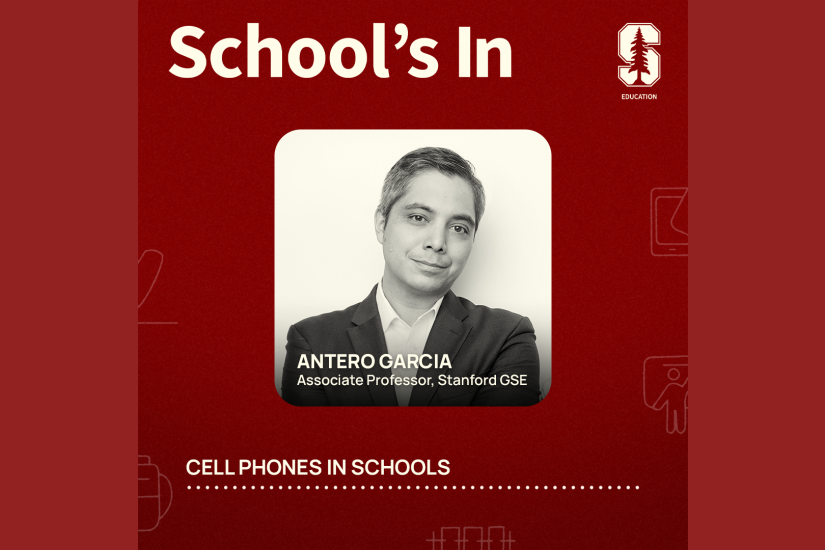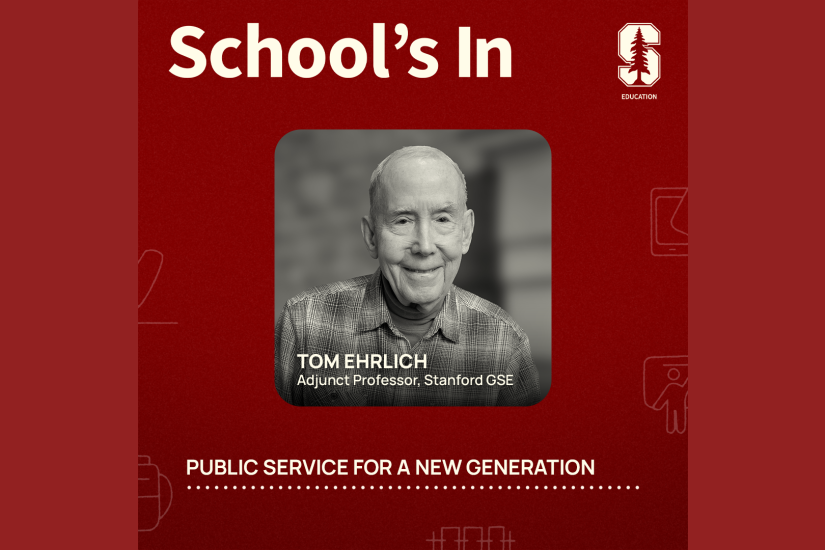
New initiative for English-language learners on Silicon Valley's outskirt
“Dominga,” said English-as-a-second-language teacher Shari Sollars, “I want you to ask Leti, ‘¿Donde está tu hermana?’”
“Where is your sister?” Dominga Antonio Gonzalez asked in slow, accented English. “She is in Mexico,” responded her classmate Erica (Leti) Nuñes.
The exchange at a session earlier this week may seem like a standard exercise for a language class, but it’s something of a revolution for English as a second language (ESL). For one, Sollars is interjecting Spanish to help her students learn English. She’s also teaching them language for real-life situations. And she’s focusing on oral interaction, rather than writing.
The two-hour class meets every Tuesday and Thursday morning at Puente de la Costa Sur, a community resource center in Pescadero, which lies over an hour’s drive from Stanford and is home to many Mexican immigrant families.
Until recently, Puente instructors spoke only English and focused on grammar and textbooks. It was a typical method for ESL instruction, but it wasn’t working. About half the students were dropping out, and students kept repeating the first-level class.
So in November 2011, Suzanne Abel, Puente’s academic director, tapped her colleague Guadalupe Valdés, the Bonnie Katz Tenenbaum Professor of Education at the Stanford Graduate School of Education. The two had worked together on a project in East Palo Alto, another Bay Area community with many Spanish-speaking residents. “I knew she was the right person to help Puente understand what was going on,” said Abel, previously associate director for external relations at Stanford’s Haas Center for Public Service.
Pescadero, fishmonger in Spanish, is considered part of the Bay Area, but it’s a world away from the metropolis. To get there, drive to Half Moon Bay — itself an outpost of the region — then head south for 15 miles along a twisty road that hugs the Pacific Ocean. The town of Pescadero, which boasts just a few streets and where the only taqueria runs out of a gas station, lies in a valley a few miles inland.
Immigrants arrive mostly from the Mexican states of Guanajuato, Michoacan and Oaxaca to plant and harvest artichokes, Brussels sprouts and onions, crops that thrive in the coastal fog. They also work in nurseries and on the organic farms that are sprouting up along the coast. Their labor supplies the Bay Area, and the nation, with an important source of produce.
The fieldworkers and the mothers who stay home with children struggle to learn English. They are surrounded by Spanish, which is spoken by their friends, elementary school teachers, grocers and employers. But they want to learn: Speaking the lingua franca will help them better understand their English-speaking children, find higher-paying jobs, communicate better with doctors and avoid getting cheated by unscrupulous operators.
Like many poor immigrants from Mexico, however, the students who come to Puente to learn English have little schooling. That’s why the previous ESL teaching method, which focused on grammar and writing, was mostly failing. “The writing and grammar are activities that discourage them,” said Rita Mancera, program director at Puente.
When Valdés made the trek out to Pescadero, she understood the problem immediately. “The ESL classes had been as successful as other ESL classes, which is to say they were not very successful,” said the professor, who is nationally known for her research on English-Spanish bilingualism. “Part of it is that there is a low literacy level among the students.”
Using what she terms a comprehension-based approach, she taught a class that Puente videotaped so its ESL teachers could watch and learn. She used oral communication, not writing. She spoke Spanish when her students needed help. She showed them how to use meta-strategies, such as eavesdropping on English conversations, that help them develop their skills outside the class. “Listening is a neglected skill in language teaching,” Valdés said.
Noting that “You must think about the real needs of the people,” she focused on vocabulary and phrases for situations the students encounter regularly, such as grocery shopping and visiting the doctor’s office. Finally, Valdés has stayed in touch with the teachers at Puente, overseeing the teaching method and improving the program.
“It made all kinds of sense,” Abel said, adding that 90 percent of the students are staying in class. “There’s much more enthusiasm now. The students feel like they can learn.” In addition to the Tuesday and Thursday morning sessions, there are night classes on Mondays and Wednesdays for students who work during the day.
The four students in Sollars’s first-level class have lived in Pescadero between one and 10 years. Three of them took the class before Valdés made her visit. “Before, I didn’t learn much,” said Gonzalez in Spanish. “It’s more practical now,” agreed Marisol Silva. When they pass an oral exam, the students will move to the second level, which provides more focus on writing.
The scholars receive free childcare while they are studying, and Puente, which is supported by individual donations, foundations and San Mateo County, provides transportation. (The Silicon Valley Community Foundation funds part of the ESL program.) While Pescadero is tiny, many of Puente’s students live in outlying areas, crammed into run-down houses or trailers hidden from the main roads.
Sollars points out that few of her students are aiming for college: “I don’t care if their English is perfect and they know how to spell it. As long as they can navigate in the community, that’s what’s important.”
“I think Guadalupe’s idea is just so brilliant,” she added. “This method is so much more satisfying because I see the light bulbs going off every day.”
Mandy Erickson writes frequently for the Stanford Graduate School of Education.



